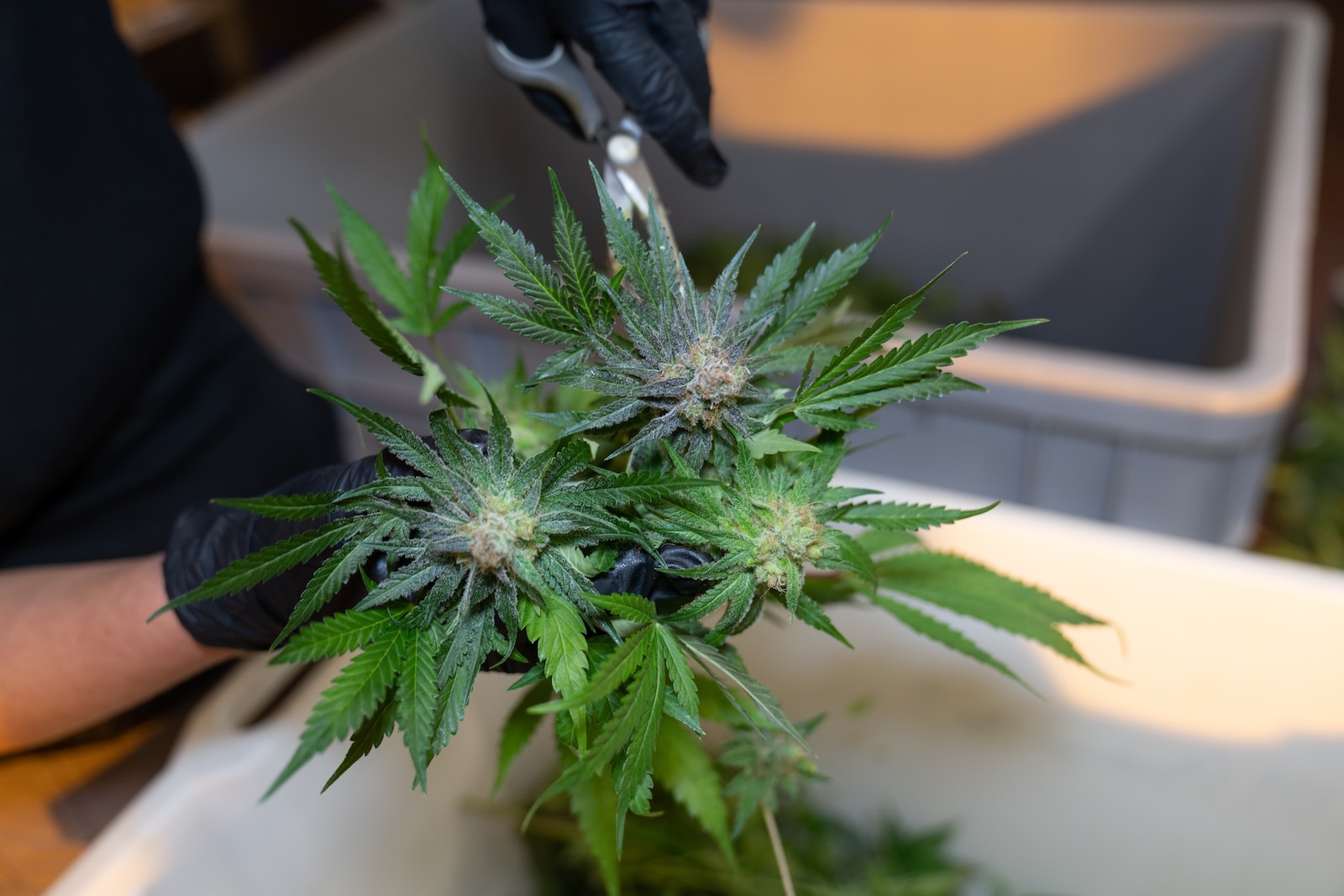Cannabis cultivation can be a rewarding hobby, but it’s crucial to differentiate between male and female plants to ensure a successful harvest. In this comprehensive guide, we will walk you through the process of identifying male cannabis plants. By the end, you’ll have the knowledge and confidence to spot the subtle yet significant differences that set males apart from females. Let’s dive in and explore the world of cannabis gender identification.

Identifying Male Cannabis Plants
Male cannabis plants play a pivotal role in the breeding process, but they are not what most growers are aiming for. Identifying them early in their growth cycle is essential to prevent pollination of female plants and maintain the quality of your crop.
The Role of Male Cannabis Plants
Male cannabis plants are responsible for producing pollen, which is necessary for fertilizing female plants. While this is essential for creating seeds, it can significantly reduce the potency of the buds you ultimately harvest. Therefore, most growers prefer to remove males as soon as they are identified.
Characteristics of Male Cannabis Plants
To accurately identify male cannabis plants, you need to look for specific characteristics that distinguish them from females. Here are the key features to watch for:
- Pre-Flower Structures: Male plants typically develop pre-flower structures called “pollen sacs.” These sacs are small, round, and hang in clusters. In contrast, female plants develop teardrop-shaped structures known as calyxes.
- No Hairs or Pistils: Unlike female plants, male cannabis plants do not produce hairs or pistils within the pre-flower structures.
- Thicker Stems: Males often have thicker, sturdier stems compared to females. This characteristic can become more noticeable as the plants mature.
- Leaf Shape: While not a foolproof indicator, male cannabis plants may have slightly different leaf shapes, with broader serrations compared to the narrower, more delicate leaves of females.
- Growth Patterns: Pay attention to the overall growth pattern of the plant. Males tend to grow taller and have fewer branches compared to females.
- Odor: Some experienced growers claim that male cannabis plants emit a less pungent aroma compared to females, but this can vary.
How to Identify Male Cannabis Plants
Now that you know what to look for, here’s a step-by-step guide on how to identify male cannabis plants:
- Examine Pre-Flower Structures: Inspect the nodes where the branches meet the main stem. Look for the presence of small, spherical pollen sacs.
- Check for Hairs or Pistils: Ensure that there are no fine hairs or pistils emerging from the pre-flower structures. If you see these, it’s likely a female plant.
- Inspect Stem Thickness: Compare the stem’s thickness to nearby plants. If it’s notably thicker, you may have a male on your hands.
- Observe Leaf Shapes: While not definitive, differences in leaf shape can be an additional clue. Males may have broader, serrated leaves.
- Track Growth Pattern: Pay attention to the growth pattern. Males often grow taller with fewer branches.
- Consider Odor: Take note of the plant’s aroma, but remember that this is a less reliable indicator.
Frequently Asked Questions
Q: Can male cannabis plants be used for anything?
While male plants are typically culled to prevent pollination, some breeders keep them for creating new strains through controlled crossbreeding.

Q: Is there any way to induce a cannabis plant’s gender?
No, the gender of a cannabis plant is determined by genetics and cannot be altered.
Q: What happens if I don’t remove male plants?
If male plants are not removed, they can pollinate female plants, resulting in seed production and lower-quality buds.
Q: When is the best time to identify male cannabis plants?
Male cannabis plants usually start showing their gender around 4-6 weeks into the vegetative stage.
Q: Can beginners easily identify male cannabis plants?
Yes, with practice and attention to detail, beginners can learn to identify male cannabis plants effectively.
Q: Are there any visual aids or tools to assist in identification?
Some growers use magnifying glasses or jeweler’s loupes to get a closer look at pre-flower structures.
Conclusion
Identifying male cannabis plants is a crucial skill for any grower, whether you’re a novice or an experienced cultivator. By recognizing the distinctive characteristics and following our step-by-step guide, you can ensure that your female plants remain unpollinated, resulting in high-quality, seedless buds. Remember to monitor your plants regularly, especially during the vegetative stage, to catch any males early on. Happy growing!
